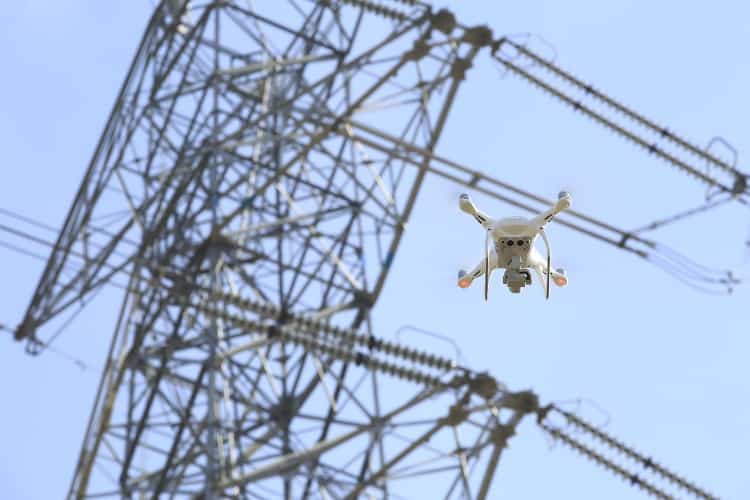Recently we heard about commercial drone pilots being stopped while in the field by FAA officials from local FSDOs (Flight Standards District Offices) for spot checks.
[Hat tip to Travis Fox, who wrote the article where we first learned about these checks happening, and to the Drone Business Center, where the article was featured.]
The officials asked the pilots to show their Part 107 certification cards, as well as their flights logs and maintenance records, such as records of how often they change out their rotor blades.

According to Jeff Rose, UAS Chief Pilot from the Sinclair Broadcast Group, these checks have been happening somewhat often for the commercial pilots he oversees, usually after the pilots have filed their LAANC airspace authorizations.
Rose called these inspections ‘ramp checks’, a phrase taken from his past work in fixed-wing aviation, which is also a phrase used by pilots working in manned aviation to describe unscheduled checks and/or surveillance made by FAA officials to ensure that flights are being made safely and in compliance with regulations.
Jump straight to the ramp checks checklist, or read on to learn more about what ramp checks are and where they originate.
Where Do Ramp Checks Come From?
The FAA officials stopping people to check on their Part 107 certification and records are acting on a somewhat vague requirement laid out in the FAA’s Part 107 rules.
Under a section entitled “Remote Pilot in Command Certification and Responsibilities” the Part 107 rules state:
A remote pilot in command must make available to the FAA, upon request, the small UAS for inspection or testing, and any associated documents/records required to be kept under the rule.
– FAA’s Part 107 Rules Summary Document
The part of this requirement that can be a little unclear is the phrase “any associated documents/records.”
Part of ensuring you’re prepared for a ramp check is by thoroughly researching your planned flight location. We outline steps to help you confidently identify a safe and legal location to fly here, and have vetted these locations to fly a drone in the U.S.
Even if you’re a commercial drone pilot who wants to do things by the book, you may still be left wondering what exactly you should have on hand. What follows is a checklist of everything you should have with you while working as a commercial drone pilot.

The FAA FSDO Surveillance Inspection Checklist
Here are the items you should have on hand during any commercial drone flight:
1. Your Part 107 certificate. Be prepared to show your certificate number to any FAA official who asks.
2. Your driver’s license. The Part 107 rules state that your driver’s license can be used in lieu of a medical certificate.
3. An insurance verification form. While the FAA doesn’t require liability insurance, it’s a must-have for any commercial sUAS operation. Check out our drone insurance guide for more information.
4. Your aircraft registration number. If you haven’t yet registered your sUAS or need to pull up your number, you can access the FAA’s Drone Zone portal here.
5. A summary of the FAA’s Part 107 Rules. A copy of the summary document for you to save and print can be found in this PDF provided by the FAA.
6. A flight operations manual. See this example from aerial services company Piper Mountain Aerial for a good starting place on what your manual should include.
7. A communications sheet. This sheet should include the phone numbers and frequencies of local authorities.
8. A maintenance log. Your maintenance log should include:
- How often/when do you change your rotor blades for each UAV you’re operating? Is this noted?
- Have you experienced any battery abnormalities? Are those abnormalities logged?
- A record of preflight inspection for that day. This could be a written log, or you could have a printed preflight inspection checklist on hand.
9. Knowledge of your aircraft’s weight. For example, an Inspire with a camera weighs 8.5 lbs.
10. Your LAANC authorization confirmation number. This only applies if you’re using LAANC for airspace authorization.
11. The proximity/distance and direction of nearby airports.
12. Demonstration of knowledge of TFRs (Temporary Flight Restrictions) in the area. This does not need to be a formal document, but, to the best of our knowledge, could simply be a mental record of where there are TFRs nearby. To find active TFRs use this webpage provided by the FAA. Alternately, you can call the FAA’s Flight Services for up-to-date TFR information at 1-800-WX-BRIEF (1–800–992–7433).
Although ramp checks may not have happened much in the past for commercial drone pilots, it seems like they’ll be happening more and more. So if you’re wondering whether you need to keep the items on this list with you while conducting commercial drone operations, our advice is that yes, absolutely you do.
A detail we want to emphasize is that Jeff Rose, the UAS pilot mentioned above, said that his pilots usually saw these FAA checks happen after they had filed their LAANC airspace authorizations. One takeaway from his experience could be that, while you should be ready for a ramp check during any commercial drone flight, if you’re using LAANC to secure airspace authorization you should almost expect one to happen.
Note: The FAA FSDO Surveillance Inspection Checklist here was originally provided by Jeff Rose to the Drone Business Center, and is shared here with their permission.

